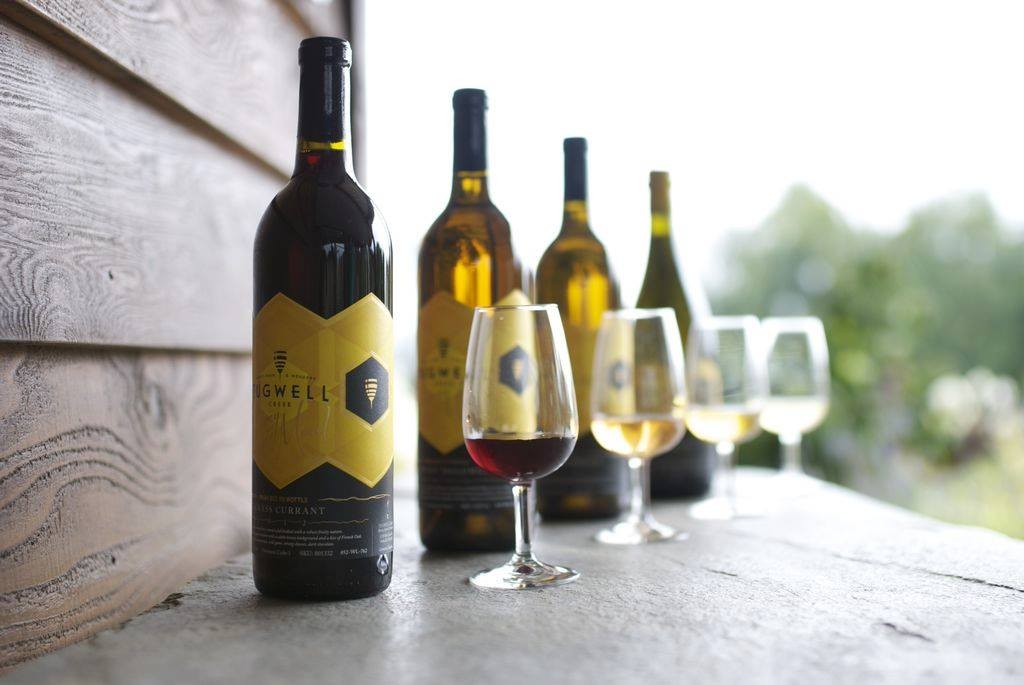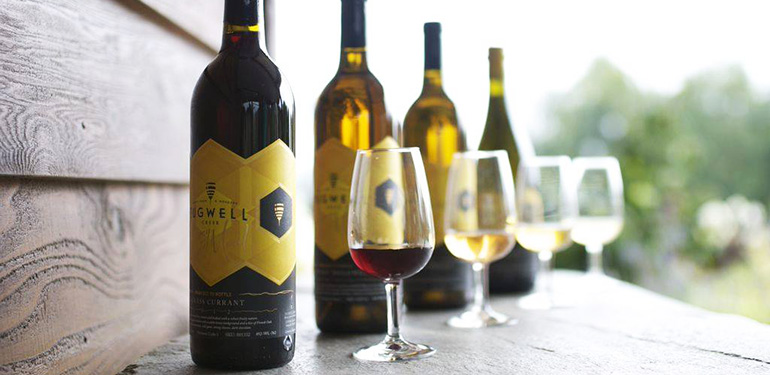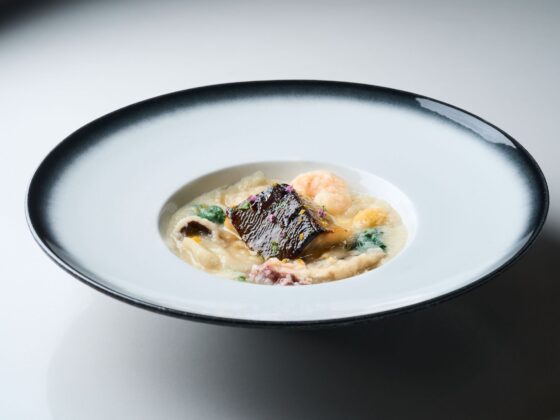
The ancient nectar of the gods is making an epic comeback. Mead, an alcoholic beverage made from honey, hasn’t been this popular since the Middle Ages. A peculiar mix of beekeepers, craft brewers and Comic-Con fans has recently hoisted this sweet ambrosia from ye olde feast tables to the top shelves of stylish cocktail bars.
In the United States, the number of meaderies grew from 60 in 2012 to 236 by the end of 2014, according to the annual survey of the American Mead Makers Association. Between 2012 and 2013, mead sales increased 130 per cent.
In Canada, where stricter regulations require commercial mazers (mead makers) to keep a minimum of 50 beehives, there are approximately 30 licensed meaderies.
ADVERTISEMENT |
These days you can take courses on mead-making at the Robert Mondavi Institute in Napa, buy it at most liquor stores in Canada and drink it everywhere from Noma in Copenhagen (one of the world’s best restaurants) to Burgoo in Vancouver (a comfort-food family restaurant chain).
Tugwell Creek, an artisan meadery on Vancouver Island, will soon be releasing a new mead on tap. Portland, ground zero for craft distillers and wineries, has a single-purpose Mead Market that claims to stock the largest selection of the finest meads in the world.
At its most basic, mead is made by fermenting honey with water and yeast. It was likely discovered by accident, by someone drinking rainwater from a beehive that fermented with wild yeasts.
Mead is the oldest alcohol known to man, with archaeological evidence from about 7000 BC in northern China and ancient Greece. It was a favoured tipple for the character in Beowulf and Chaucer’s Canterbury Tales. In pagan times, the bride and groom would drink mead for a month after their wedding (hence, honeymoon). In Tudor times, monasteries created it as a by-product of beekeeping.
ADVERTISEMENT |
But until recently, mead was primarily consumed by members of the Society of Creative Anachronism and other medieval reenactment groups.
Then Harry Potter turned geeks into heroes. (Oak-aged mead is the beverage that almost killed Ron Weasley after he drank a poisoned chalice.) Mead is the drink all those hunky warriors swig on Vikings. And although it’s not mentioned in the HBO series Game of Thrones, the characters in the books are endlessly toasting with mead at banquets and pubs.
“These shows and films have made a huge difference,” says Dana LeComte, co-owner of Tugwell Creek Farm and Meadery. “When we started 12 years ago, people would come to the tasting room and say ‘What is mead?’ Now, they’re like ‘Oh, mead. I’ve been wanting to try that.’”
The plight of the honeybees has also helped push the drink into the limelight. Homemade mead is made with homemade honey, a backyard project that combats colony collapse disorder and helps a healthy bee populations thrive.
The best part of the trend has been the evolution of the tipple. While some meads are still sickly sweet and thick, modern variations are dry and balanced table wines. Like craft beer, some are flavoured with fruits, spices, grains and hops. Some are still, others are sparkling.
ADVERTISEMENT |
Mead mixed with beer or brewed with malt and hops is knows as braggot. Mead with added fruits is melomel. As with wine, meads are an expression of the local terroir, flavoured by the flowers available to the bees in their local habitat. But much like cider or sake, mead is a category unto itself. And as an added bonus, it’s gluten-free.
Related Link: Vancouver Craft Beer Week 2015 targets lumbersexuals
Are you excited for the comeback of mead? Let Vv Magazine know in the comments below, or tweet us @ViewtheVibe.
ADVERTISEMENT |






